Stinging nettle
The most well-known wild vegetable in Finland, the stinging nettle is tasty, easy to recognise and effortless to forage. The young shoots and leaves are the most commonly used part of the plant. The seeds are also edible.
The stinging nettle is packed full of nutrients, winning over spinach by a landslide when it comes to nutritional value. For example, 100 g of the edible parts of stinging nettle contains 175–200 mg of vitamin C, whereas for spinach the figure is 45 mg. The plant also contains fairly large amounts of other vitamins, especially carotenes. In addition, stinging nettle contains various minerals and other micronutrients.
Stinging nettle has traditionally been used as a medicinal and nutritional plant similar to spinach. For centuries, stinging nettle has served as medicine for almost any ailment from lung, stomach and urinary problems to dog bites, poor fitness and love troubles.
Young shoots and leaves
The stinging nettle is a common plant throughout Finland and can usually be found near populated areas. These days, it is also cultivated as an herb. The best time to pick stinging nettle is in early summer before flowering.
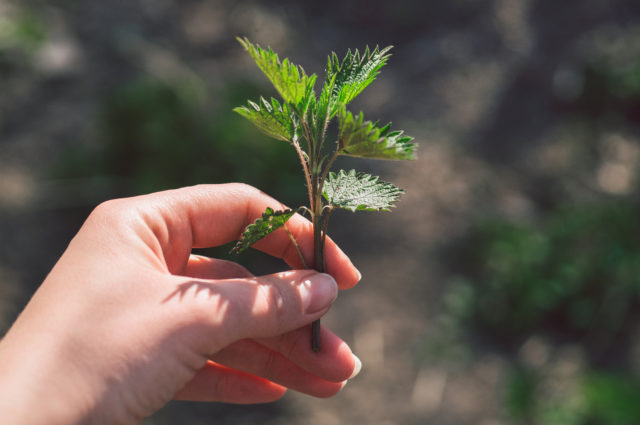
Try to find young shoots that are about 5–10 cm long. Later in the summer, only collect the leaf parts of the plant, and always before the plant flowers. In the summer, the long growth can also be cut off, and the new growth can be utilised as in the spring.
Stinging nettle absorbs harmful nitrates from the ground. Therefore, if you plan to use stinging nettle for food, do not collect it in places with nitrogen-rich soil, such as near cowsheds or on fertilised farmland.
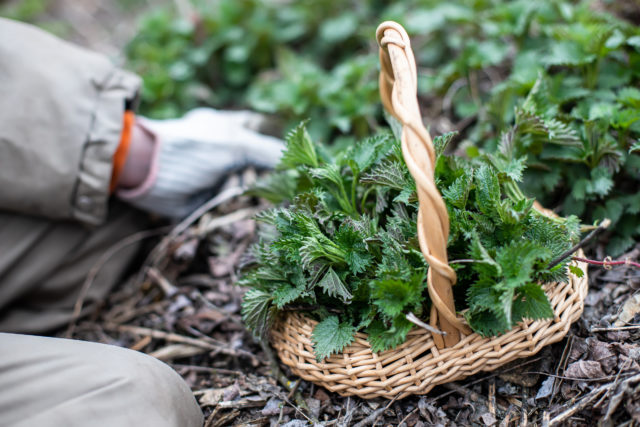
Preparation and preservation
Before cooking with stinging nettle, it is recommended to bring the nettles to a boil in a small amount of water for about 30 seconds and drain them thoroughly in a strainer. Stinging nettle can be used for a wide range of dishes and pastries, soups, omelettes, pancakes, pies, savoury biscuits and bread rolls. Stinging nettle can also be made into an excellent, quick pasta sauce.
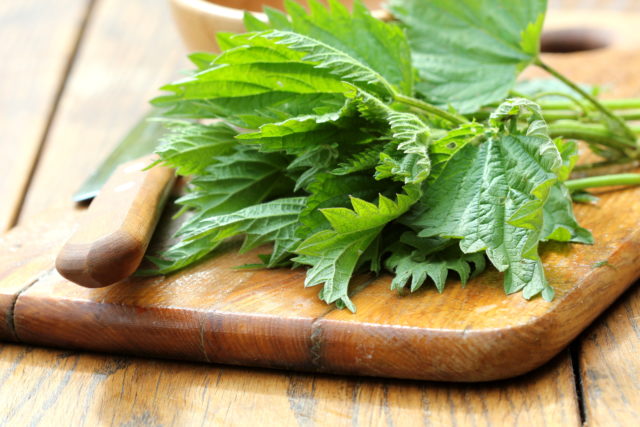
Stinging nettle can be preserved by drying or freezing. When dried, it serves as a great base for a greens powder, for example. If you are drying stinging nettle, briefly boil and drain the nettles and wring them dry inside a clean towel. This helps maintain the beautiful dark green colour and reduces the nitrate content. Nettle can also be dried as is, without boiling. Rinse the leaves, if necessary.
Before freezing, the stinging nettle is first briefly boiled in a small amount of water and then poured into a strainer to drain. When cooled, place the nettles in freezer containers and store them in the freezer.
Nettles can be de-stung by either drying or briefly boiling them. Boiling lowers the nitrate content of the stinging nettle, but some nutrients are lost in the process.
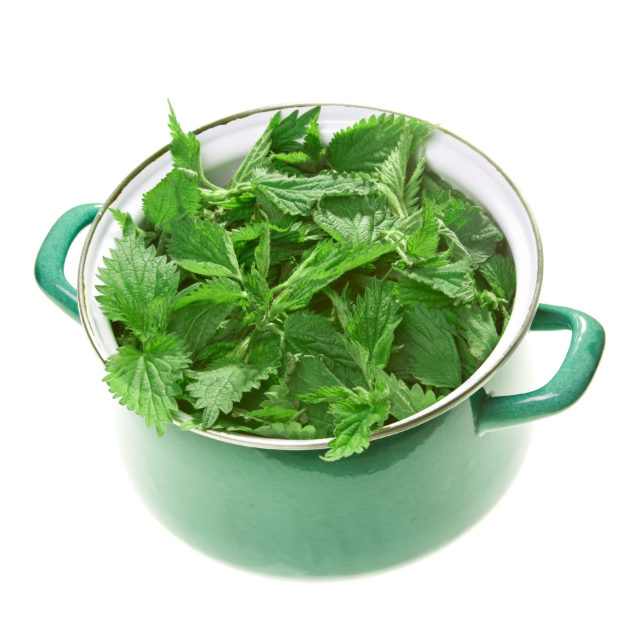
Do not throw away the nettle water. It can be used in many ways, such as a hair rinse or a fertiliser for plants. A herb dryer is a great option for drying large batches. You can also dry herbs in a boiler room, in an airing cupboard or on the heated floor of a bathroom. Like all herbs, stinging nettles are dried at a temperature below 35°C.
Nettle seeds
Stinging nettle seeds contain micronutrients such as vitamin E, linoleic acid and bitter substances. They can be enjoyed raw or cooked. For the best health benefits, soak them overnight. This activates the enzymes in the seeds. Stinging nettle seeds contain more nutrients than the leaves. They are tasty and can be mixed in bread flour and baked, for example.
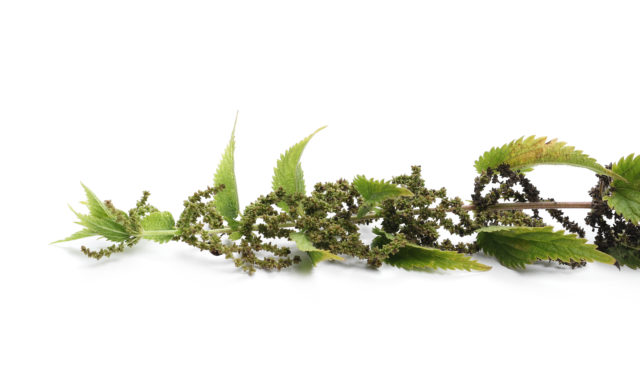
Collecting, preserving and using nettle seeds
Collect stinging nettle seeds when they are (dark) green. The best time to harvest seeds is usually in July and August. Use scissors to cut the seed clusters and drop them into a container. Wear gloves when collecting nettles to avoid a painful rash. If you plan to dry the seeds, collect the seed clusters by cutting the entire nettle from the base of the stem and plucking out any leaves that look unhealthy.
The seeds can be used fresh or frozen in an airtight container. Fresh seeds have the best nutritional values, as do fresh plants in general. The seeds can also be dried.
Drying nettle seeds
- loosely spread the nettle stems on the shelves of your herb dryer and dry over low heat OR
- gather the stems into a bundle and allow them to dry in an airy, warm, shady place OR
- loosely spread the stems over paper or a clean towel, for example, and allow to dry in a warm place (for several days) OR
- spread the stems over a baking sheet lined with baking paper and dry them at 30–40°C for a few hours until the seeds have fully dried.
After drying, remove the seeds from the plants and place them in a bowl. If you wish, you can put the seeds in a strainer and shake to remove dirt and debris. Place the seeds in a sealed container and store the container in a dry place protected from light. If you want a very fine powder, you can grind the seeds with a pestle and mortar before use.
How to use the seeds?
Stinging nettle seeds can be added to many foods, such as porridge, yoghurt, smoothies, sandwiches, bread dough or omelettes. As with other wild plants, it is recommended to take breaks from eating nettle seeds from time to time. If you are new to nettle seeds, start with small amounts (1 tsp. per day). When used daily, about 1–2 tablespoons per day is considered a healthy amount.